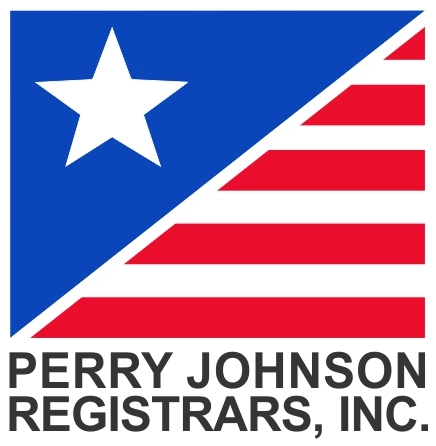Salt Atmosphere Testing
The ability to survive long-term exposure to a salt atmosphere is critical to the long-term viability of electronic components. Salt spray testing, which can detect pinhole gaps in metal plating, is the most common form of corrosion testing.
ORS now offers corrosion testing to MIL-STD-883 method 1009 conditions A, B, C and D. Our new automated salt atmosphere chamber offers precisely controlled temperatures and highly regulated deposition rates to ensure your product receives the exact exposure required. We monitor the pH, salinity and specific gravity of the solution to ensure proper test execution.
Salt atmosphere testing subjects devices to a fine mist of salt solution for an extended period of time (24 to 240 hours) at an elevated temperature. The continuous supply of warm salt solution and air flow creates conditions where unprotected metals oxidize into compounds such as iron or nickel oxide. The resulting discoloration, stains, blistering and flaking can be indications of failure.
All devices are inspected after the test for a variety of failure mechanisms. Trained operators identify corrosion stains, corrosion sources, blistering and percentage of the surface affected by the corrosion. Correctly identifying defects is critical to ensuring the proper determination of pass/fail for a salt atmosphere test. After the inspection is complete a full report is provided detailing the run conditions, inspection results and calibration status of the equipment.
Typical salt atmosphere testing is a 24-hour run at 35°C with a specified salt deposition rate of between 20,000 and 50,000 mg/m2/24 hours. Lead preconditioning (bending stress per MIL-STD-883 method 2004 method B1) is available upon request. ORS is now DLA-approved for Salt Atmosphere testing to MIL-STD-883 method 1009.
- Test Specification / Standards
- MIL-STD-883 method 1009 conditions A, B, C, or D (DLA-approved)
- MIL-STD-202 method 101
- ASTM – B117 (planned)




